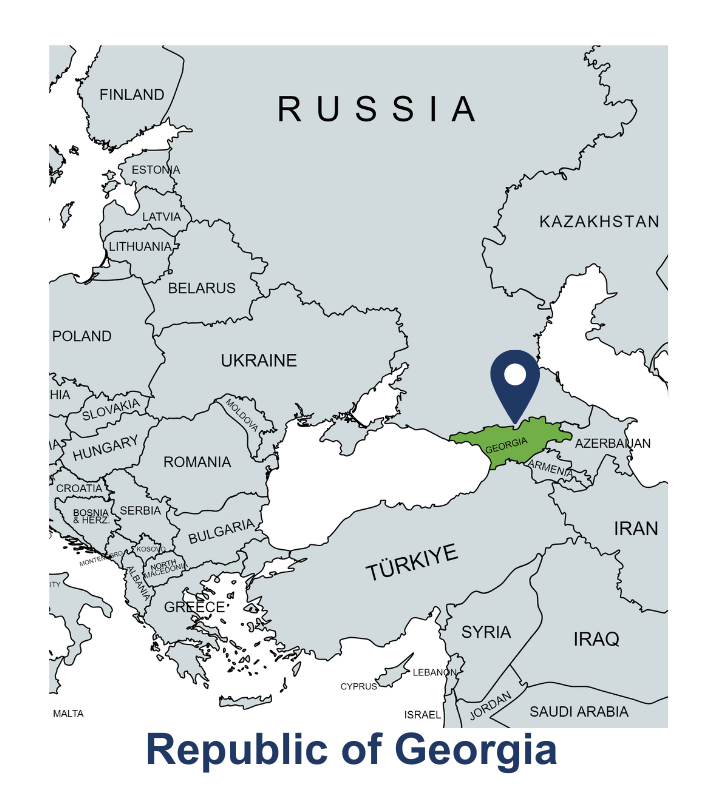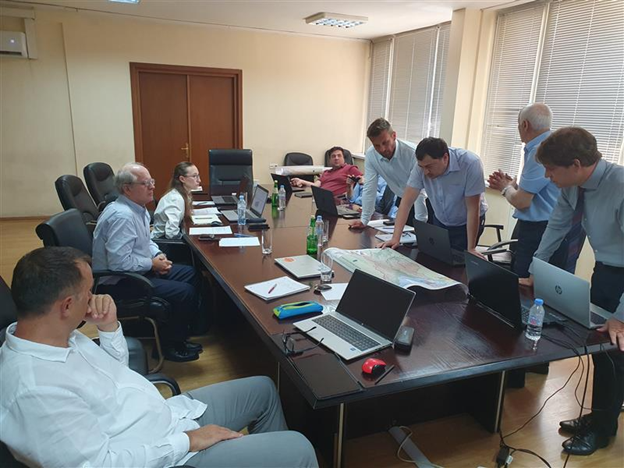USEA convenes leaders from Georgian energy industry, government to adopt projections for natural gas demand
Energy leaders approve demand forecast through 2050
The Republic of Georgia has experienced a rapid increase in natural gas demand over the last five years. (Natural gas consumption increased 34% from 2018 to 2023; an average yearly increase of more than 6%). If growth in demand continues at this pace, the Georgian gas transmission network may be unable to deliver sufficient volumes of gas, especially during peak demand periods. To meet its future energy needs the country will need to identify new natural gas suppliers and build natural gas infrastructure.
An effort and investment of that scale requires an accurate 25-year natural gas demand forecast, which in turn, requires coordination among energy companies, utilities, and government agencies throughout the country. Each organization across the Georgian energy sector traditionally used its own data and software and generated its own unique assumptions about natural gas demand to make predictions about energy use. However, additional coordination was necessary to develop a country-wide outlook of natural gas annual and peak demand over the next 25 years.
“Until today such a forecast was not available,” said Temuri Gochitashvili, Head of Strategy, Analysis and Prospective Projects Department of Georgian Oil and Gas Corporation. “This project enabled us to look beyond the far horizon and to plan gas infrastructure development long-term policy accordingly. Not to concentrate only on tomorrow's and the near future problems, but to work on more distant problems relevant for the 2050 period.”
Teimuraz Gochitashvili, Head of Strategy, Analysis and Prospective Projects Department for the Georgian Oil and Gas Corporation, discusses the USEA analysis and how it is important for further strategic planning. He also explains why GOGC requested technical assistance to forecast future annual and peak demand for natural gas for the next 25 years.
The USEA Just and Secure Energy Transition program, in cooperation with the United States Agency for International Development, assisted in developing a set of scenarios and data models to predict Georgia’s annual and peak-load demand for natural gas over the next 25 years.
|
Experts from GOGC and affiliated gas companies explore topology of the Georgian gas transmission network together with USEA consultants. USEA JSET energy experts use state-of-the-art LEAP software for forecasting and modeling. JSET staff have trained representatives of Georgian energy organizations on how to use the software, which they can use for their own mid-term and long-term planning needs. LEAP is a US-developed program used widely across Europe for integrated energy planning. |
Then, in October 2023, USEA convened an executive and expert project group that included natural gas utilities, operators of electricity and gas transmission systems, energy traders, regulators, and representatives of the government’s Ministry of Economy and Sustainable Development. During that meeting, each stakeholder provided input on the first draft of the gas demand report, cross-checked data, and confirmed the scenarios and assumptions used in the forecast. “This project helped us unify our data and assumptions,” said Revaz Geradze, Deputy Director of the Natural Gas Department of the National Regulatory Commission. “It was important for all of our organizations to come together on this important goal.”
|
At the end of the meeting, in consensus agreement on the USEA report, participants adopted it as the recognized gasdemand forecast for the energy sector of Georgia. Policymakers can now use the report—and recommendations made within it—to make decisions about the country’s energy future. The report will inform the need for the construction of additional natural gas infrastructure and wll be used as a negotiation platform for gas supply agreements with other democratic countries in the region and with the EU/Energy Community countries.


